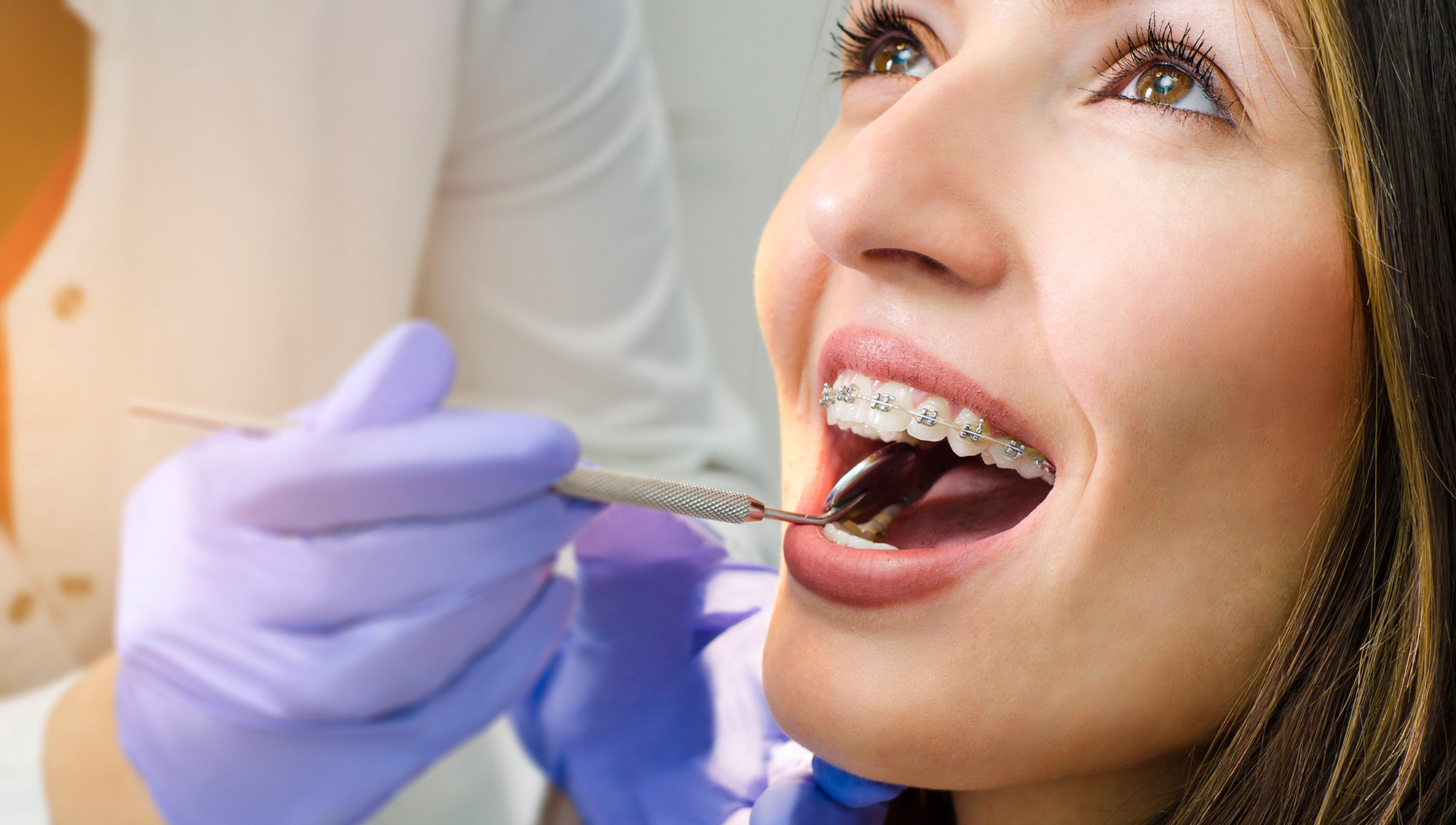A Step-By-Step Guide To Choosing The Right Orthodontic Services
A radiant smile is a powerful asset, and orthodontic services are pivotal in achieving it. Finding the right orthodontic provider is crucial if you’re on the journey to straighter teeth and improved oral health. With numerous options available, navigating through them can be overwhelming. This step-by-step guide will help you make an informed decision, ensuring you select the best orthodontic services for your needs.
1. Assess Your Needs and Goals
The first step in choosing the right orthodontic services is to assess your dental needs and goals. Are you looking for traditional braces or exploring more modern options like Invisalign? Understanding your preferences and your case’s complexity will narrow your choices and guide you towards the most suitable treatment.

2. Research and Gather Recommendations
Researching orthodontic services is essential for making an informed decision. Seek recommendations from friends, family, or colleagues undergoing orthodontic treatment. Additionally, online reviews and testimonials can provide valuable insights into the reputation and quality of services offered by orthodontists.
In your quest for the perfect smile, consider exploring the services offered by Crystal Clear Orthodontics. This reputed practice is known for its commitment to delivering high-quality orthodontic care, ensuring patients achieve the smile they desire.
3. Verify Credentials and Experience
Once you’ve shortlisted potential orthodontic providers, verifying their credentials and experience is crucial. Ensure that the orthodontist is licensed and board-certified. Consider the years of experience they have in the field, as this often correlates with their expertise in handling various orthodontic cases.
4. Consultation and Treatment Plan
Schedule consultations with your shortlisted orthodontists to discuss your needs and preferences. A reputable orthodontic provider will thoroughly examine and propose a customized treatment plan. During these consultations, inquire about the estimated duration of the treatment, the types of appliances used, and any potential challenges you may face.
5. Financial Considerations and Insurance Coverage
Orthodontic treatments can be a significant financial investment, so it’s essential to be aware of the costs involved. Inquire about the total cost of the treatment, any potential additional fees, and available payment plans. Check whether your dental insurance covers orthodontic services and what percentage of the treatment cost is included.
6. Accessibility and Convenience
Consider the location and accessibility of the orthodontic practice. Opting for a provider close to your home or workplace can make appointments more convenient and minimize travel time. Additionally, inquire about the availability of flexible appointment schedules to accommodate your busy lifestyle.

7. Evaluate Communication and Patient Care
Effective communication between you and your orthodontist is crucial for a successful treatment journey. Evaluate the orthodontic practice’s communication style, including their responsiveness to inquiries and their ability to explain complex concepts in a way you can understand. Assess the level of patient care and the overall atmosphere of the practice to ensure a positive and comfortable experience.
In conclusion, selecting the right orthodontic services involves careful consideration of your needs, thorough research, and evaluating potential providers. By following this step-by-step guide, you’ll be well-equipped to embark on your journey toward a beautifully aligned smile.
Read More



